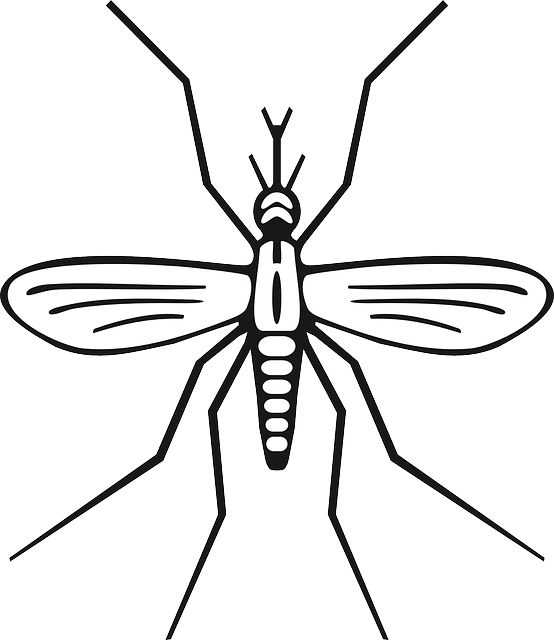Understanding pest behaviors is key to effective pest prevention. Creating a clean, secure environment through regular cleaning, sealing entry points, and using eco-friendly products blocks pests and ensures safety for children and pets. Natural repelents like essential oils offer safe solutions, while training pets and educating children about pest dangers promotes responsible behavior for a healthier home.
Keep your home and loved ones safe from pests with these child- and pet-friendly pest prevention techniques. This comprehensive guide offers practical advice on understanding common pests, creating a clean environment, using natural repellents, and implementing protective measures for both children and pets. Learn effective strategies to avoid harsh chemicals and ensure a healthier, happier living space for all. Discover the best pest prevention tips tailored for your family’s safety and well-being.
Understanding Common Pests and Their Behaviors
Understanding common pests and their behaviors is a crucial first step in implementing effective pest prevention tips. Familiarizing yourself with these intruders allows for tailored strategies to keep both children and pets safe. For instance, knowing that rodents are attracted to food sources and warm environments enables parents to secure their kitchens properly and pet owners to ensure their outdoor areas are less inviting.
By observing pest activities, you can identify patterns and triggers. Many pests are drawn to specific scents, such as those left by pets or certain plants. Some prefer hiding in dark, tight spaces while others seek open, warm spots. This knowledge empowers you to take preventive measures like sealing entry points, maintaining cleanliness, and choosing pet-friendly plants—all essential pest prevention tips for a child- and pet-safe home environment.
Creating a Safe and Clean Environment
Creating a safe and clean environment is a foundational step in effective pest prevention tips. Start by regularly cleaning your home, especially areas where food is prepared or stored. Pests are attracted to food remnants, so maintaining hygiene can significantly deter them. Empty trash bins frequently and ensure they are securely closed to prevent access to potential food sources. Additionally, seal any cracks or gaps around windows and doors to block entry points for pests. Regular inspections of your property will help identify and address potential invasion routes early on.
A child- and pet-safe approach to pest prevention involves using eco-friendly products. Opt for natural repellents like citronella, peppermint oil, or neem oil, which are less harmful than synthetic chemicals. When applying any pest control measures, ensure they are done with caution around children and pets. Always read and follow the instructions on product labels, keeping them out of reach from curious hands and paws. Maintaining a clean and safe space creates an inhospitable environment for pests, promoting a healthier living area for everyone in your household.
Natural Repellents and Safe Products
When it comes to child- and pet-safe pest prevention, natural repelents offer a gentle yet effective approach. Essential oils like citronella, lavender, and peppermint are popular choices known for their ability to deter common pests such as mosquitoes, ants, and rodents. These natural alternatives not only keep pests at bay but also blend harmoniously with your home’s fragrance.
Choosing safe pest prevention products is crucial for ensuring the well-being of both your family and pets. Look for options certified by reputable organizations as pet-friendly and non-toxic. Many eco-friendly brands now offer pest control solutions that are free from harsh chemicals, providing a peace of mind while maintaining a clean and healthy environment for everyone.
Training and Protective Measures for Pets and Children
When it comes to child- and pet-safe pest prevention, training and protective measures are paramount. Pets, especially dogs and cats, can inadvertently bring pests into your home or yard due to their natural instincts and curiosity. Implementing simple training techniques, such as teaching them to avoid certain areas or behaviors, can significantly reduce pest exposure. Positive reinforcement methods, like treats and praise, can encourage pets to stay away from hazardous substances meant for pest control.
Similarly, children should be educated about the potential dangers of pests and the importance of maintaining a clean environment. Protective gear, such as gloves and masks, can be introduced when assisting with pest prevention tasks. By fostering a culture of awareness and responsible behavior, both pets and children can contribute to an effective yet safe pest prevention strategy, ensuring a healthier living space for everyone.
By implementing these child- and pet-safe pest prevention techniques, including understanding common pests, maintaining a clean environment, using natural repellents, and training both pets and children, you can create a healthier, happier home. These effective yet gentle pest control methods ensure peace of mind while promoting a safe living space for everyone, making it easier to enjoy your home without worrying about harmful chemicals or unwanted visitors. Embrace these eco-friendly pest prevention tips for a more comfortable and secure environment.
